Fall Field Season Recap
November 29 2023
The fall field crew began restoration work at a special time, when the dry summers that characterize the West Coast give way to moist, cool conditions and green slowly re-emerges amidst the gold. When fall rains begin, dormant native plants peak out for one last look at the sun before winter blankets their strata and they secede again. The restoration team has witnessed a changing working landscape, a variety of worksites, and many faces of restoration this fall, as cricket song has given way to frog chorus and sun-baked slopes to vernal seeps.
This season has taken the field crew all over the Prairie-Oak ecosystems of the Southern Island. We worked west to Sc’ianew lands, east to SḰŦÁMEN (Sidney Island) and Saltspring Island, and North to the Cowichan Garry Oak Preserve on Quw’utsun territory. There are familiar faces everywhere we work: the oaks, the shallow soil revealing bedrock outcrops, and the invasive plants. Our most common challenger is scotch broom: a long taproot and yellow flowers, an incredibly resilient plant capable of drawing in nitrogen in ways that other plants cannot access it. Equally recognizable is Himalayan blackberry: a thorn in the glove, a staining fruit visible on the mouths of all creatures in the late summer.
We are grateful to work alongside Indigenous restoration practitioners who inform the lens of restoration on these lands as one of healing and not one of destruction. These invasive plants can, at best, fit a role in a landscape whose relationships and functions have already been structurally harmed: stabilizing cleared slopes, providing food for bumblebees, birds, and people who cannot otherwise find a native wildflower or berry to nourish them. We pulled tons of these plants this fall (sometimes this felt literally true), a removal that is only one step of a multi-phase, multi-generational process of revitalizing, re-introducing functionality, and re-establishing relationships between all organisms living here.
While our impact on the land is usually accomplished through manual invasive removal, several projects this fall involved novel restoration methods. A highlight of the fall was traveling to Mt. Tuam to simulate the effects of burning on a kwetlal food system on Saltspring Island. This area hosts endangered plants such as Coastal Scouler’s catchfly and yellow montane violet, whose growth is rivaled by that of invasive grasses on the hillside. We took line trimmers to the invasives and removed their thatch (mimicking the loss of biomass that would occur after a late summer fire), conditions that will allow for these rare native plants to emerge unencumbered in the spring.
The crew also built deer-exclusion fences on SḰŦÁMEN to protect a restoration project that is establishing under the current European fallow deer eradication project. As the deer’s stifling impact on the landscape eases over the next two years, there is hope that a seed bank, buoyed by the introduction of plants from Satinflower Nurseries, will help reinvigorate the forest understory and herbaceous grassland plants of SḰŦÁMEN.
As a crew, we often work tucked away in the woods, establishing a familiar rhythm, marking our impact by number of bags hauled and the growing indentation in an invasive plant patch. This fall, we have also had the privilege to meet and work alongside volunteers, coordinators, and restoration practitioners from near and far. On days when we join a larger restoration community, such as working alongside the PEPÁḴEṈ HÁUTW̱ team at the SṈIDȻEȽ Resiliency Project, that sense of time changes, as the impact of many minds, hands, and approaches being done to change this landscape accumulates faster than we can imagine. On volunteer days at the W̱S͸ḴEM Ivy Project on Jim family’s lands in Tseycum, it is often shared that the act of removing invasive plants grounds people in a sense of hope. Doing difficult physical work with a community this fall has buoyed the joy and hope this work provides. It is a privilege to work as part of a larger scheme and be able to meet and see the community that will get it done, invigorated and mindful people that know the future of these lands is one that we must imagine and steward ourselves.
It has been a difficult year for environmental monitoring and conservation, from Canada’s worst recorded wildfire season to the ongoing drought on Southern Vancouver Island that keeps salmon rivers running low and plants drawing from their deepest reserves to hang on through the (uncharacteristically dry) wet season. As silver linings go, the abundance of sunshine has offered many short-term rewards and the clear and mild days have allowed our team to perform thousands of hours of meaningful work in the forests, meadows, and communities of Southern Vancouver Island. Like the plants that return to their roots and seeds for the long winter, the field restoration crew will be taking a break before beginning a new year of restoration in 2024. Thank you to all those who shared knowledge and a sense of community with us this fall.











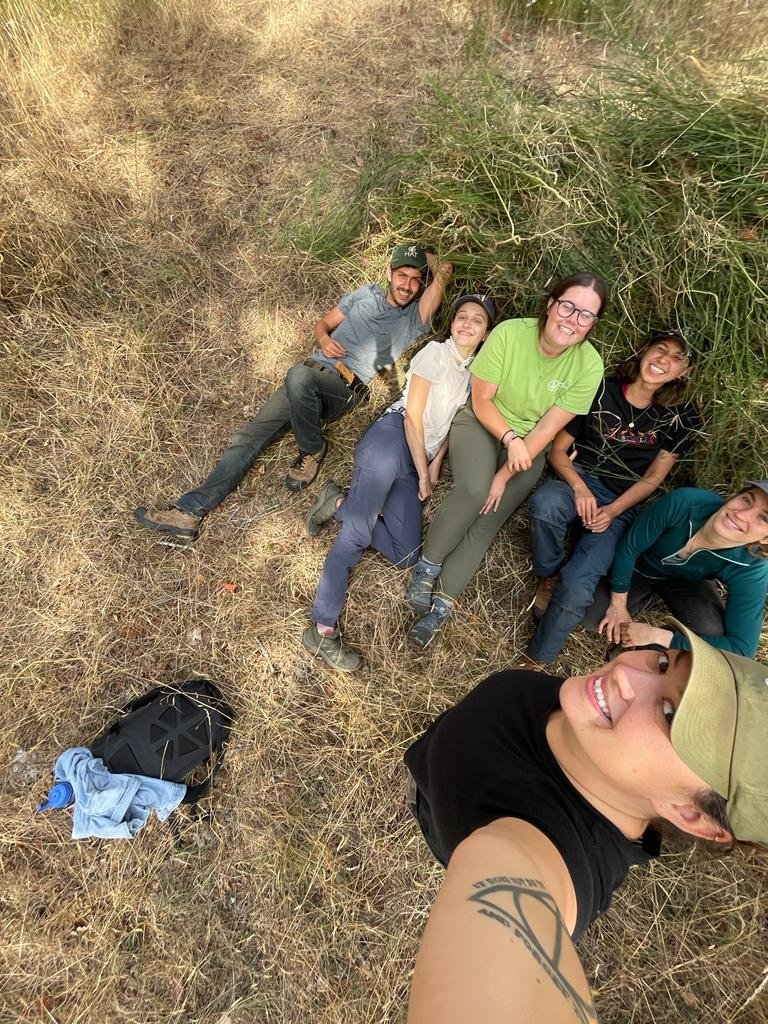
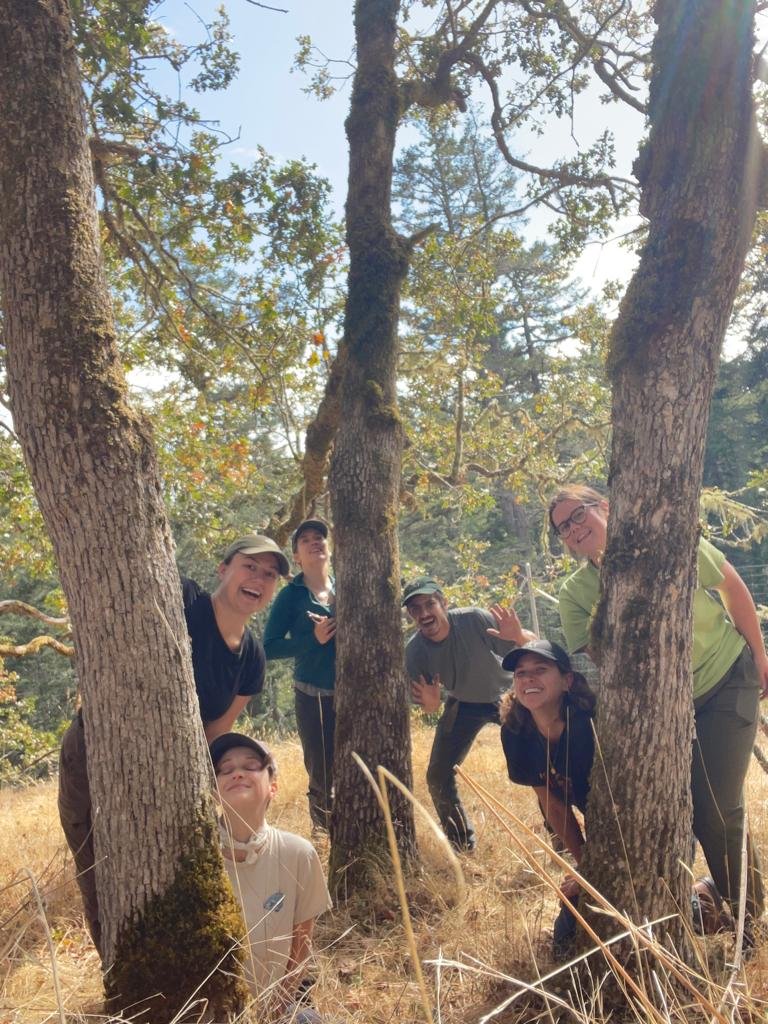





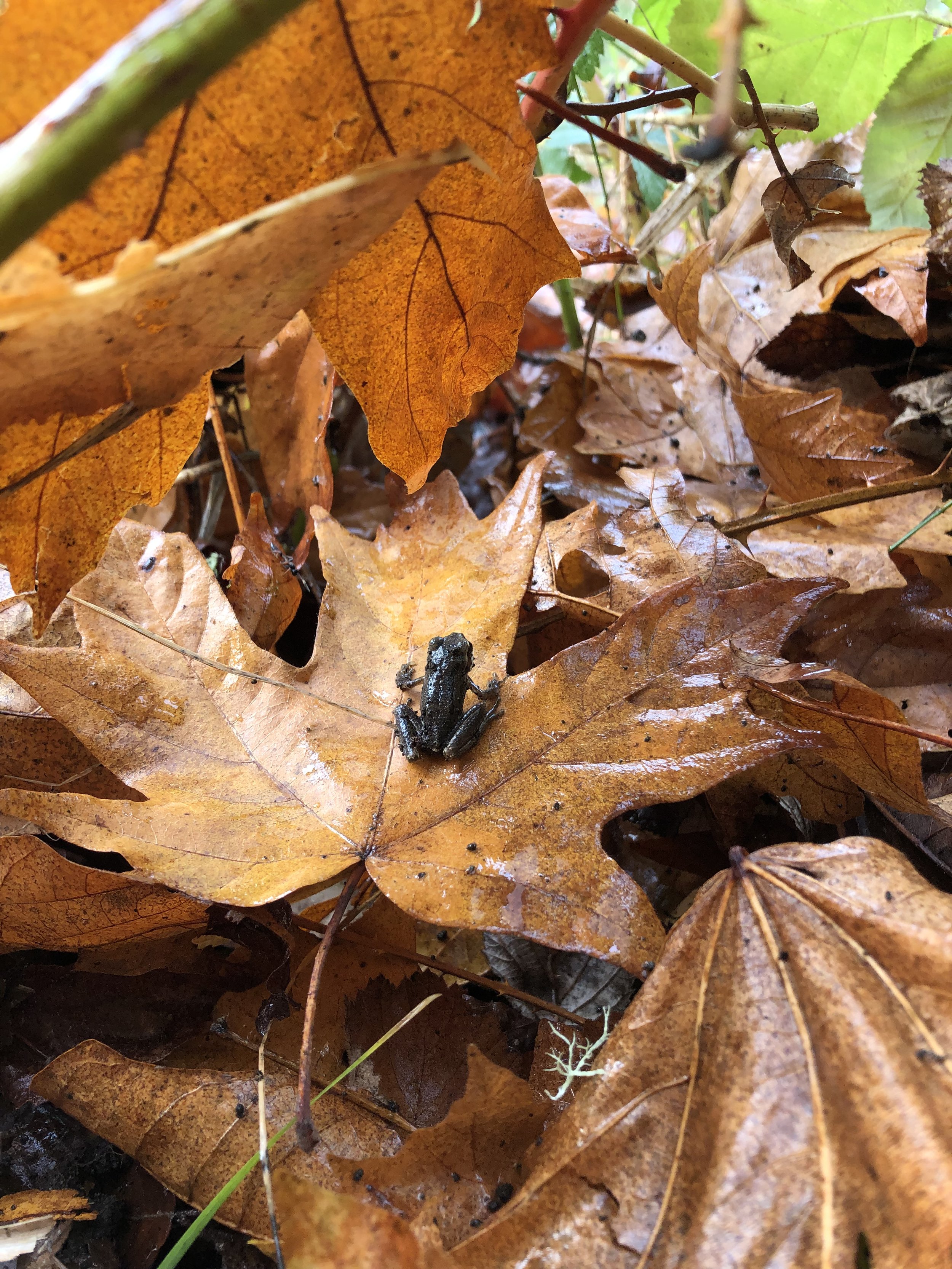
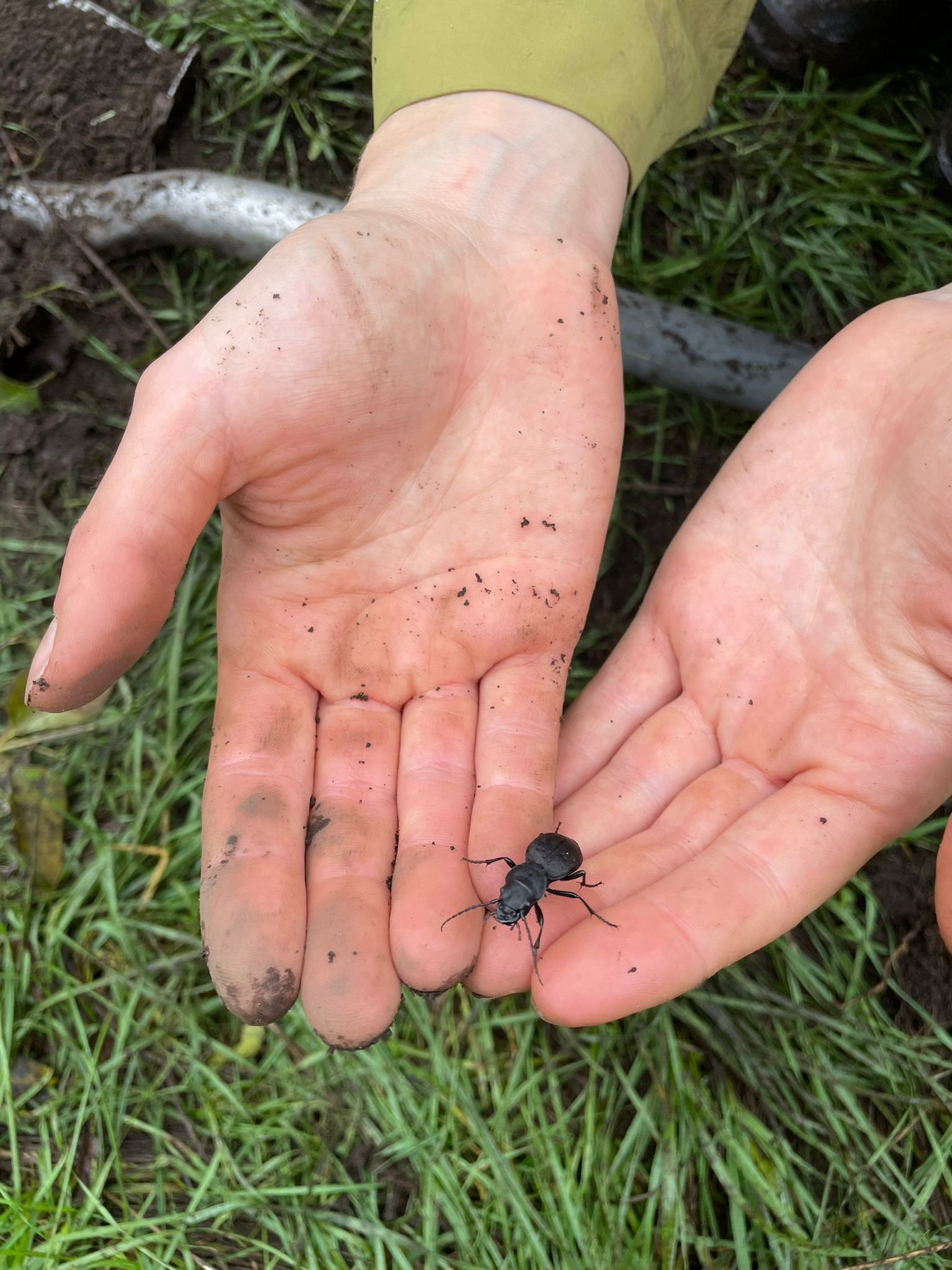













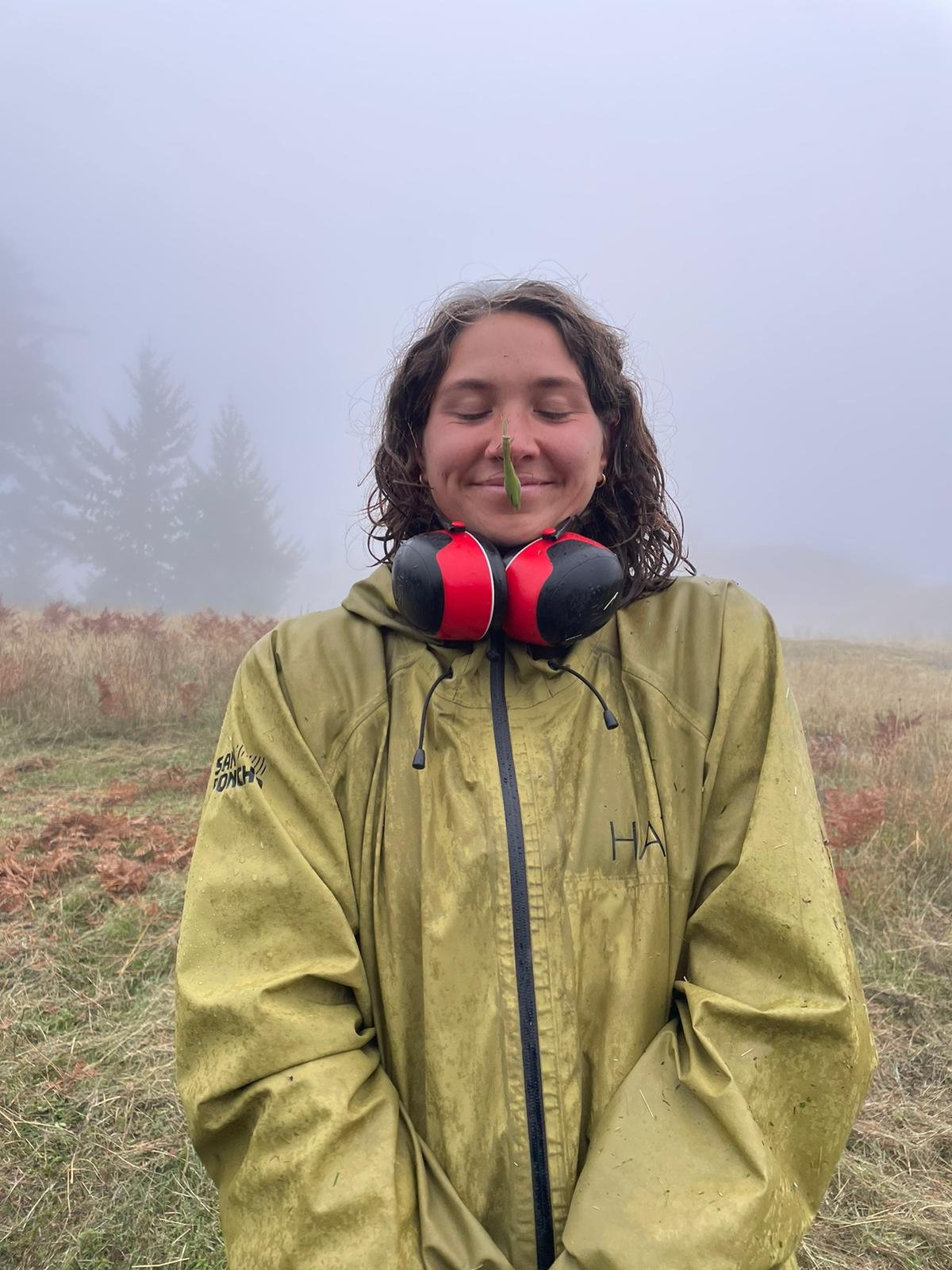










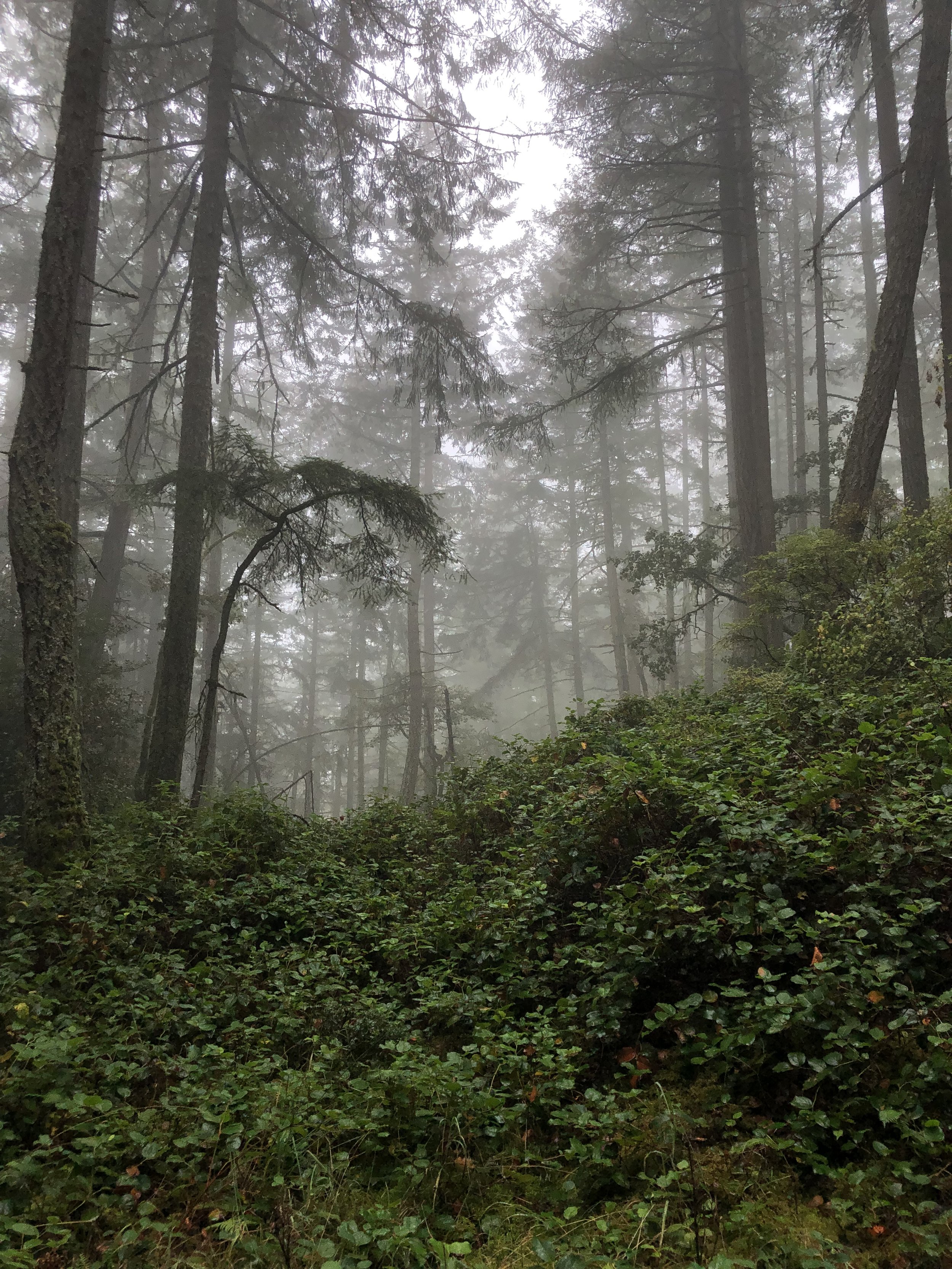





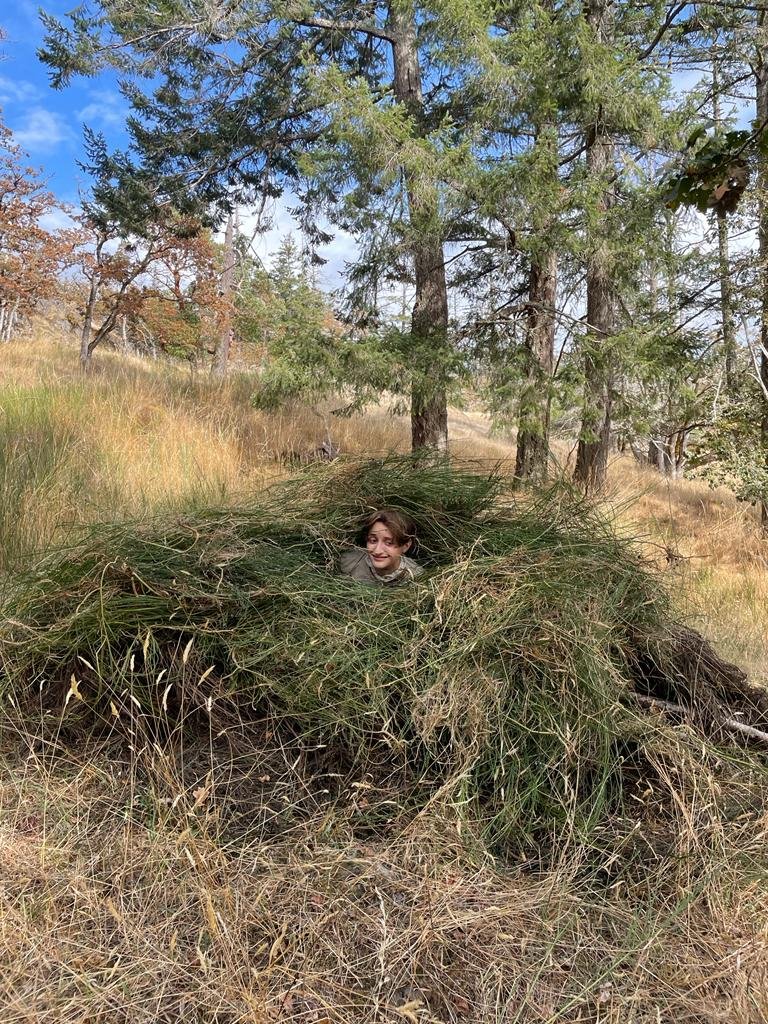
Check out these links to the projects mentioned here:






